Pedicure caps: features, types and tips for use
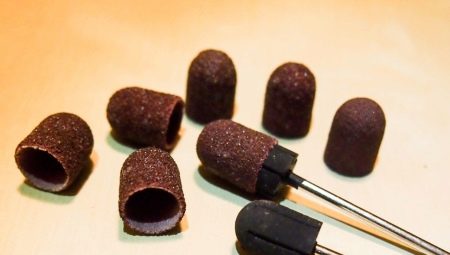
Hardware pedicure is gaining more and more popularity among the fair sex every year. It is characterized by increased safety, and also allows girls to keep their legs in perfect condition for an extended period of time. Therefore, a lot of beauty salons offer exactly hardware pedicure services, and many girls prefer to carry out such a procedure on their own at home. And in order for the process to proceed correctly, it is necessary to purchase pedicure caps.
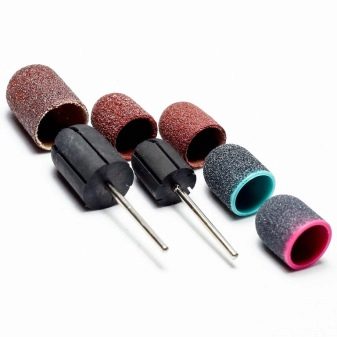
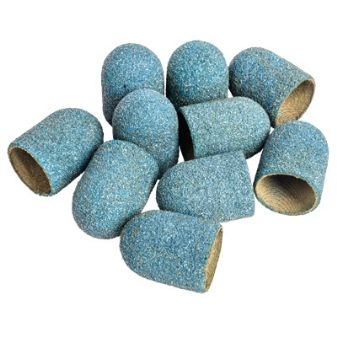
Peculiarities
One of the leading companies in the production of various grinding caps is the German company Lucas. Its products are of high quality, as well as a long service life. This company has been manufacturing products for over 80 years, offering innovative solutions every time. The result of many years of experience is very user-friendly tools that fully meet the needs of nail masters.
In the production process of such nozzles, only premium quality raw materials are used.
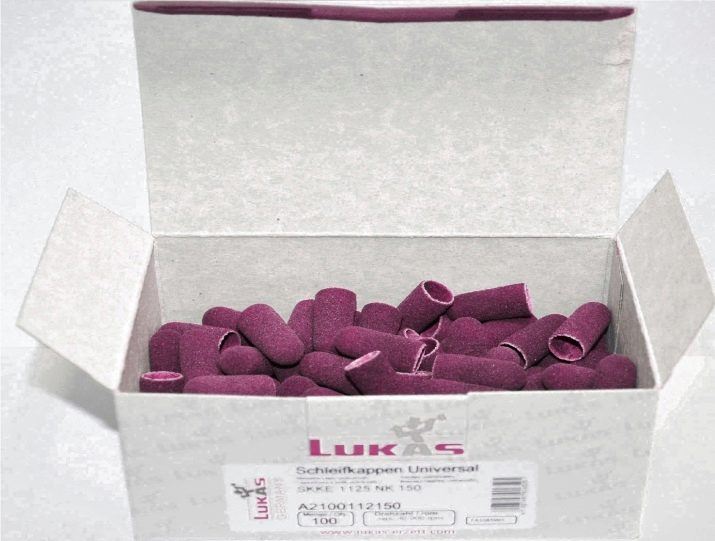
The result of serious development is a new series of handpieces - THERMO. During operation, such a nozzle changes color, warning of the danger of overheating. This technology assumes 2 levels of warning about the threat of overheating of the skin, as a result of which the specialist can immediately react by reducing the pressure or making a short pause in work. Due to this, during processing, discomfort is not felt, there is no itching and pain. The risk of burns in the event of overheating of the dermis is minimized.
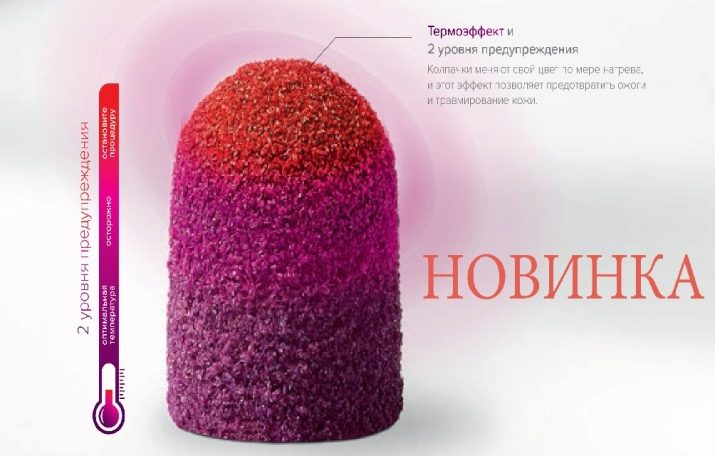
The main advantages of Lucas sanding caps are:
- dead skin particles are removed more quickly and carefully;
- the minimum applied force is sufficient to achieve the expected effect;
- less traumatic - do not harm the healthy dermis;
- there is no effect of adhesion of the removed particles of the skin on the sand cap for the pedicure, making it easier to work with the nozzle;
- the tips fit snugly to the holders - there is no risk that they "fly off" during use, while they are easily removed and replaced.
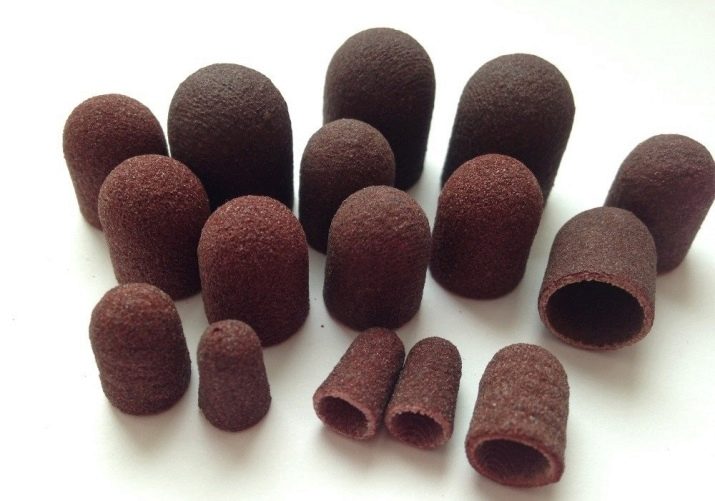
Main types
Depending on the shape of the nozzle, the following types are distinguished:
- hemispherical - characterized by a rounded tip;
- cylindrical - have a more elongated shape;
- tapered - characterized by a tapered tip.
Sand tips for a pedicure are produced according to the same principle as sandpaper: an abrasive spraying layer is applied to a textile base.
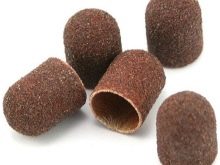

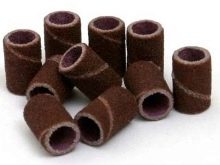
Such tips also differ in size:
- large (their diameter is 11-16 mm), they are used in order to handle large and even surfaces, without bends and irregularities;
- medium (diameter is 10 mm), used for resurfacing the dermis of the feet and toe pads;
- small (5–7 mm in diameter), needed to sand small areas of the skin, such as the surface of fingers, or to remove small calluses.
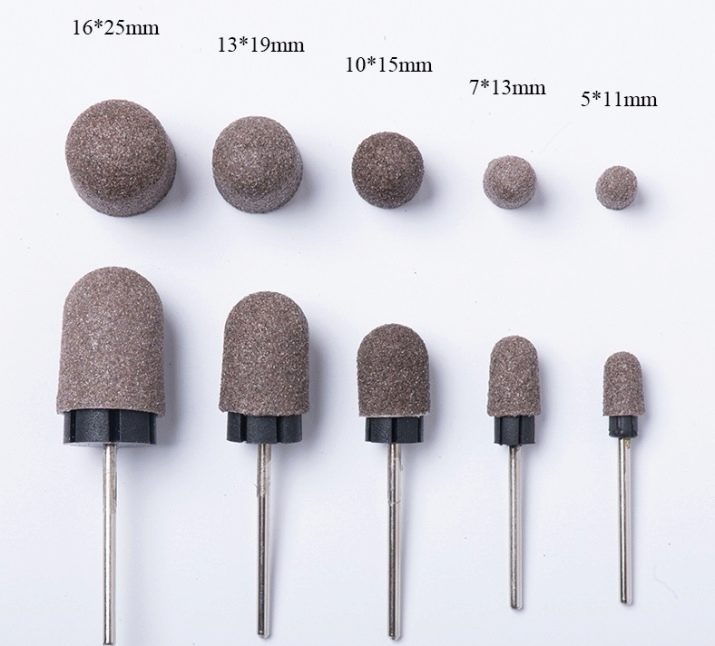
The grinding attachments also differ depending on the grain size.
- 60 Grit - a high degree of abrasiveness. They are used to remove a thick layer of dead skin and get rid of cracks.
- 80 Grit - coarse abrasiveness. They help to get rid of corns, rough calluses.
- 150 Grit - medium abrasiveness. They are used to process the not too rough surface of the feet, as well as the pads of the toes.
- 208 or 320 Grit - minimum abrasiveness. Needed to finally polish the dermis and nail plate.
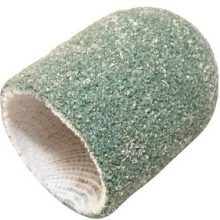
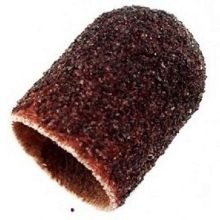

Recommendations for correct use
Please note: if you go to a beauty salon for a hardware pedicure, then sandcaps for the procedure should be used only once. That is, the master opens a new package with a cap in front of you, and after the procedure is completed, he throws it away. In this case, the procedure for treating the feet should take place on dry skin.
This element cannot be used several times, since it cannot be disinfected or sterilized: in contact with water, the abrasive spray crumbles.
Reusing sanding caps that have already been used on another client's feet is dangerous, as skin particles will remain on the surface of this product, and this is a fertile ground for the growth of a variety of bacteria.
If you are using sanding caps to give yourself a pedicure at home, then they can be used as long as the abrasive layer is present.
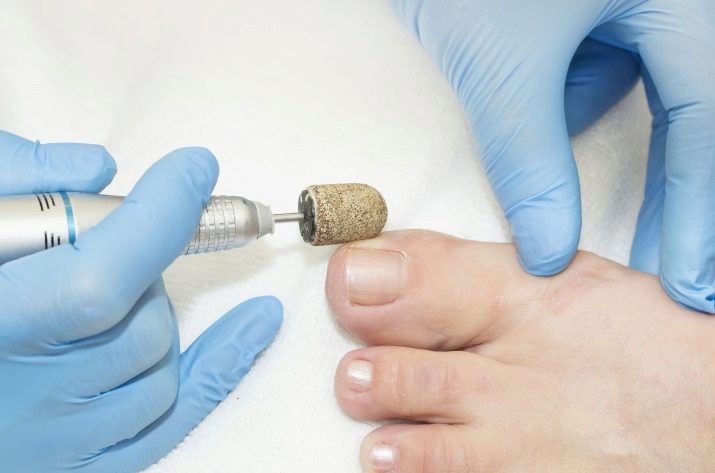
The procedure for processing feet is as follows:
- dead skin must be removed using a pedicure cap with a grain size ranging from 60 to 80, while such a part must be of a large diameter;
- then you need to grind the feet, heels and toes with a product that has an average grain size - 150;
- at the final stage, the tip with the finest grain size is used - 320.
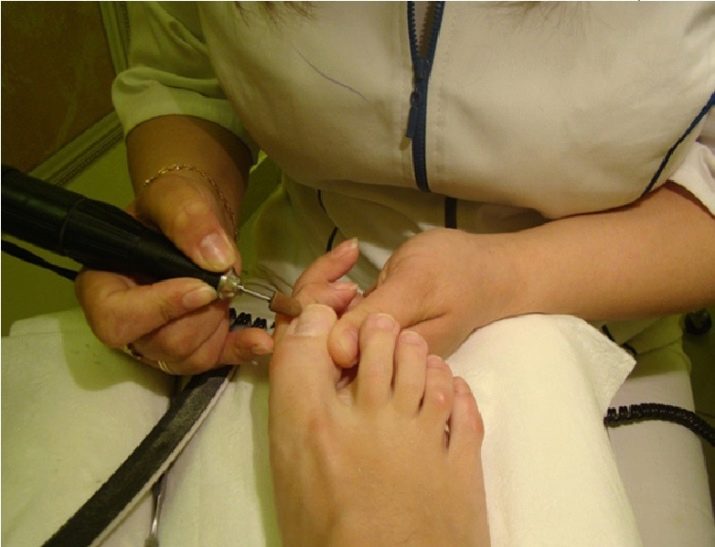
When stopping your choice on one or another version of accessories for a hardware pedicure, pay attention to the state of your dermis, as well as the technical parameters of this device, since not all nozzles can be combined with a certain model of a pedicure device.
In the next video, you can clearly see the process of hardware foot pedicure.








